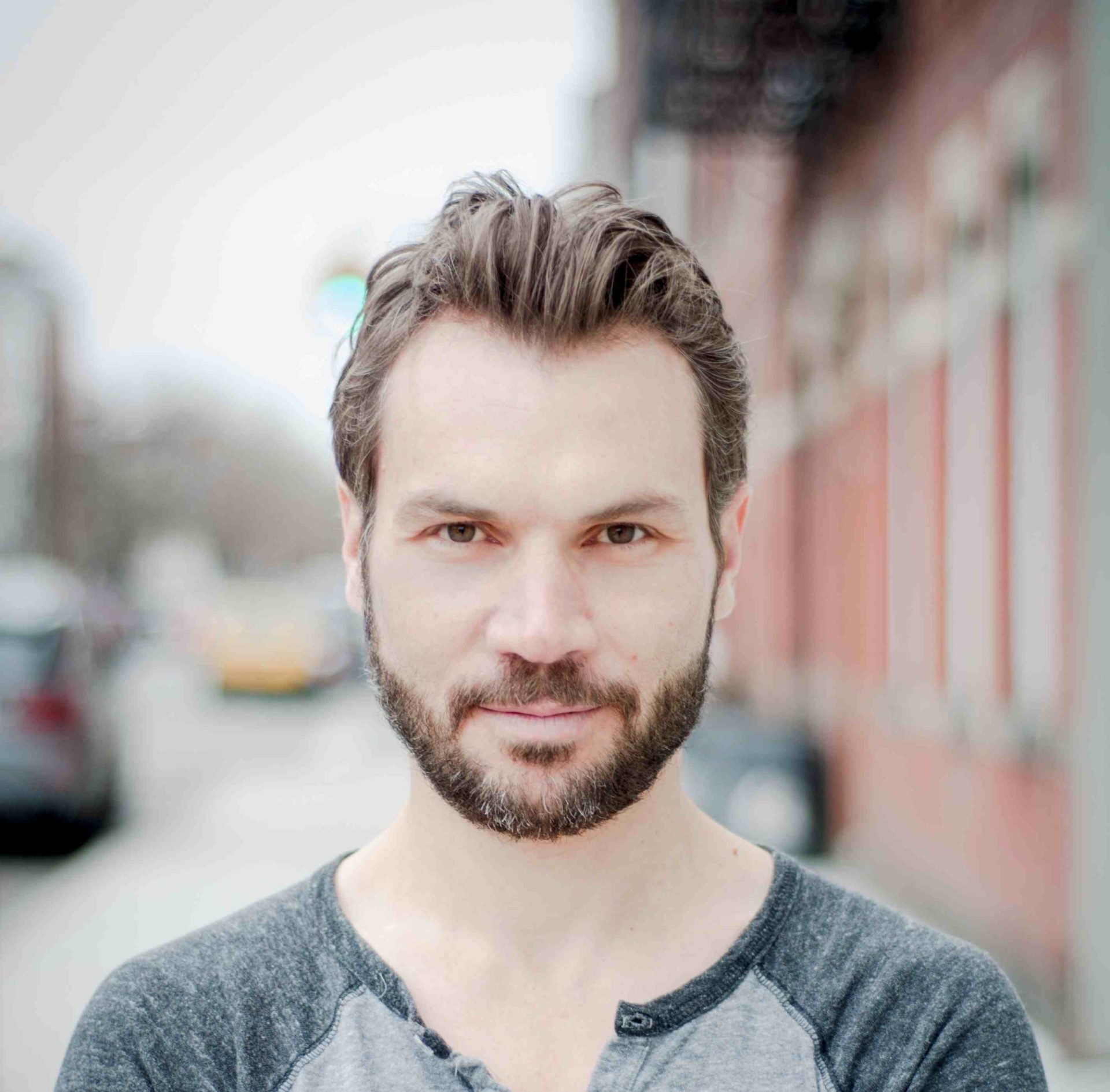New York University’s new Center for Urban Science and Progress is launching an initiative to develop sensor and data-crunching technologies aimed at creating a smarter, more efficient city. With partners including I.B.M., Cisco, Xerox, and the New York City government, the center will research and deploy the kind of smart-city technologies already being implemented in cities like Stockhom and Singapore to better manage urban infrastructure, with an emphasis on quality-of-life improvements like noise reduction and traffic abatement.
Big data is a linchpin of the program, which will employ software algorithms designed to measure and analyze everything from noise levels to energy use to traffic flow. “We can build an observatory to be able to see the pulse of the city in detail and as a whole,” said the center’s director Steven E. Koonin in a recent New York Times report. Dr. Koonin, who was previously under secretary for science in the Obama administration’s Energy Department, compared the data collection to a real-life SimCity, adding that partnerships with government laboratories will allow the center to employ powerful evaluative computer simulations to process the data. One project will bring together a 10-person team that includes music professors, graduate students, and computer scientists to analyze 311 call data, along with input from sensors and noise meters, to help formulate sensible noise-reduction policy. Another proposal is to capture thermal images of city buildings to look for ways to optimize energy use.
By accessing and analyzing the city’s data, the program could help transform not only government operations, but public behavior as well. Jonathan R. Woetzel, a director of McKinsey & Company, told the Times that transparency—communicating the data once it’s been measured—is one of the biggest impacts of smart-city projects. Twitter Chairman Jack Dorsey shared a similar sentiment at last November’s Techonomy Detroit conference, which focused on urban revitalization in a technologized age. Asked how cities can work more efficiently, Dorsey said, “I think it has to be an attitude change in city government first—an attitude to share the information, an attitude to show people what is actually working and what’s not working, and where they can actually help and build.” By showing government and the public what isn’t working in the city, N.Y.U.’s new center may help lead the way to what does.
A SimCity for Analyzing Urban Efficiency
New York University's new Center for Urban Science and Progress is launching an initiative to develop sensor and data-crunching technologies aimed at creating a smarter, more efficient city. With partners including I.B.M., Cisco, Xerox, and the New York City government, the center will research and deploy the kind of smart-city technologies already being implemented in cities like Stockhom and Singapore to better manage urban infrastructure, with an emphasis on quality-of-life improvements like noise reduction and traffic abatement.















